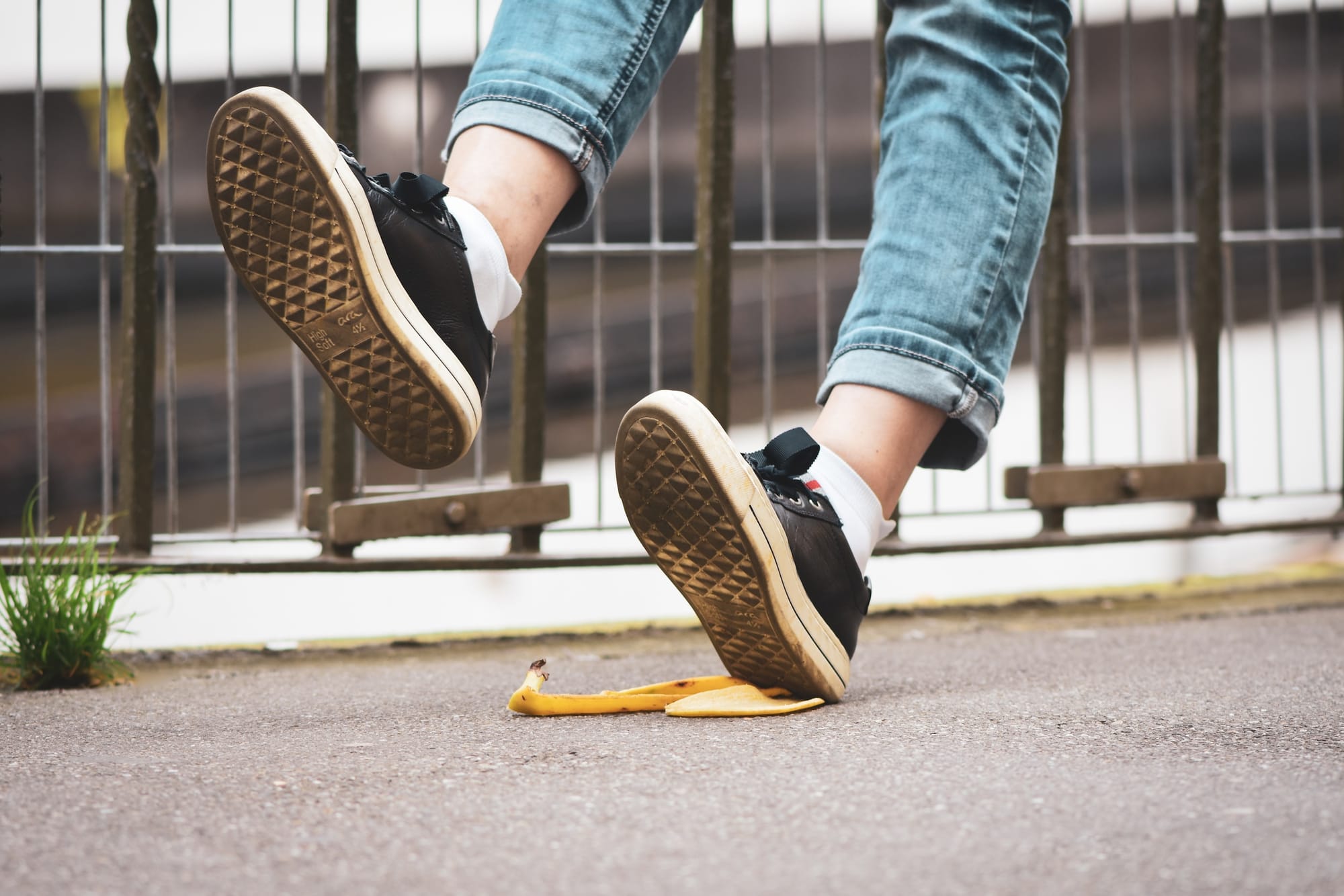10 Tips to Prevent Falls and Stay Safe

10 Tips to Prevent Falls and Stay Safe
- Remove hazards in your home
- Maintain proper lighting
- Wear appropriate footwear
- Install handrails and grab bars
- Use non-slip mats in the bathroom
- Stay physically active
- Be cautious on stairs
- Keep walkways clear
- Use assistive devices if needed
- Get regular check-ups
Falls are a common cause of injury, especially among older adults. They can lead to fractures, head trauma, and other serious consequences. However, there are several measures you can take to prevent falls and stay safe. Here are 10 tips to help you maintain your balance and reduce the risk of falls in your daily life.
1. Remove hazards in your home
One of the best ways to prevent falls is to make sure your living space is free from hazards. Take a look around your home and identify any potential tripping or slipping hazards. Remove clutter from walkways, secure loose carpets and rugs, and keep electrical cords out of the way. By keeping your home tidy and organized, you can significantly reduce the risk of falls.
2. Maintain proper lighting
Good lighting is essential for preventing falls, especially during nighttime. Make sure all your rooms are well-lit and install night lights in hallways and bathrooms. Use adjustable lighting fixtures to avoid glare and shadows. By illuminating your home adequately, you can improve visibility and reduce the risk of missteps and accidents.
3. Wear appropriate footwear
Your choice of footwear plays a crucial role in maintaining balance and preventing falls. Opt for shoes with low heels and non-slip soles. Avoid wearing loose slippers or flip-flops, as they can increase the chances of slipping. Make sure your shoes fit properly and provide adequate support to your feet. By wearing appropriate footwear, you can enhance stability and reduce the risk of falls.
4. Install handrails and grab bars
Handrails and grab bars can provide much-needed support and stability, especially in areas prone to falls such as staircases and bathrooms. Install handrails on both sides of your stairs to help you maintain balance while going up and down. Similarly, install grab bars near toilets and in the shower to assist with sitting, standing, and moving around. These simple additions can make a big difference in preventing falls.
5. Use non-slip mats in the bathroom
The bathroom is a high-risk area for falls due to slippery surfaces. Place non-slip mats on the bathroom floor and inside the bathtub or shower. These mats have a textured surface that provides traction and reduces the risk of slipping. Additionally, ensure that the bathroom floor and bathtub/shower are kept dry to further minimize the risk of falls.
6. Stay physically active
Regular physical activity is not only beneficial for overall health but also helps improve strength, balance, and flexibility, reducing the risk of falls. Engage in activities that focus on balance and coordination, such as yoga, tai chi, or specific exercises recommended by healthcare professionals. By staying physically active, you can enhance your body's ability to maintain stability and prevent falls.
7. Be cautious on stairs
Stairs can pose a significant fall risk if not approached carefully. Always use the handrail when going up or down stairs, and take your time to ensure each step is secure. Avoid carrying heavy or bulky items while using stairs, as they can obstruct your view or throw off your balance. By being cautious and mindful on stairs, you can avoid potential falls.
8. Keep walkways clear
Cluttered walkways are a recipe for falls. Make sure to keep your hallways, entranceways, and other walkways clear of obstacles and unnecessary items. Avoid placing furniture or other objects in paths where you frequently walk. By keeping walkways clear, you eliminate potential trip hazards and help maintain safe passage through your home.
9. Use assistive devices if needed
If you have difficulty with balance or mobility, consider using assistive devices to help prevent falls. Canes, walkers, or even wheelchairs can provide additional stability and support. Consult with a healthcare professional to determine the most suitable device for your needs and receive instruction on proper usage. Assistive devices can greatly reduce the risk of falls and improve your overall safety and independence.
10. Get regular check-ups
Regular check-ups with your healthcare provider are important for preventing falls. Your doctor can assess your overall health and identify any underlying conditions or medications that may increase your risk of falling. They can also provide recommendations for exercises or treatments that can help improve your balance and reduce the likelihood of falls. By staying proactive with your healthcare, you can take necessary measures to maintain your safety and prevent falls.
In conclusion, falls can have severe consequences, but by implementing these 10 tips, you can significantly reduce the risk of falls and stay safe. Take preventive measures in your home, maintain proper lighting, wear suitable footwear, and install handrails and grab bars where necessary. Use non-slip mats in the bathroom, stay physically active, and be cautious while navigating stairs. Keep walkways clear, consider using assistive devices if needed, and make sure to get regular check-ups to address any underlying health concerns. By following these tips, you can maintain your balance, reduce the risk of falls, and enjoy a safer and more independent lifestyle.
